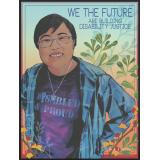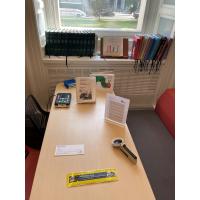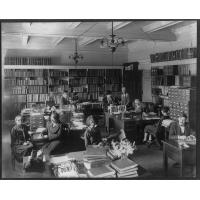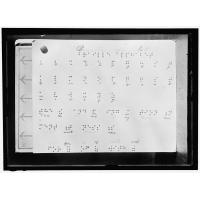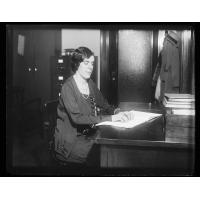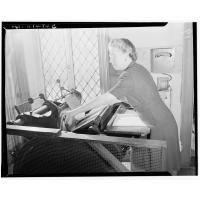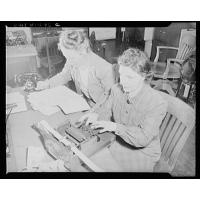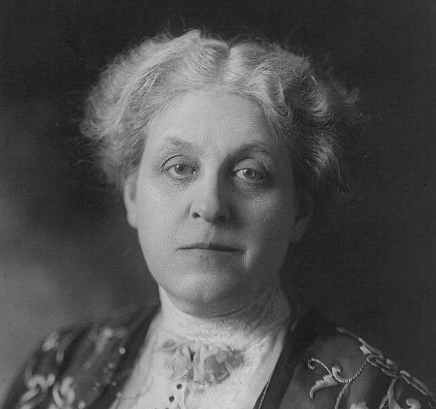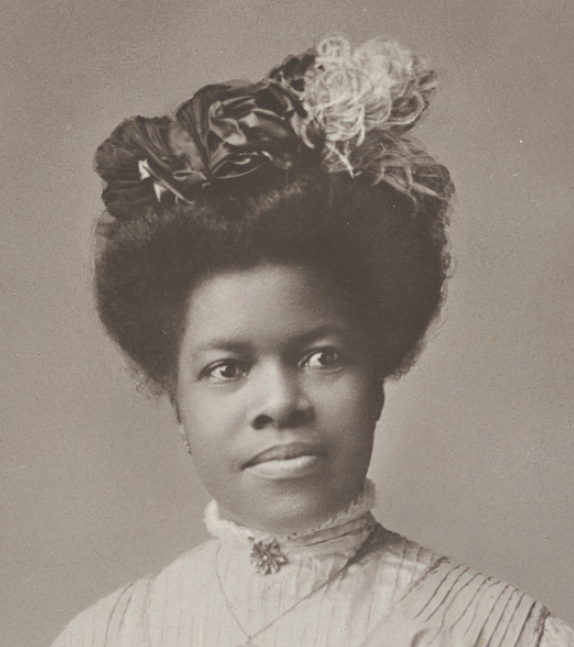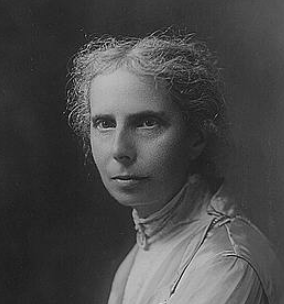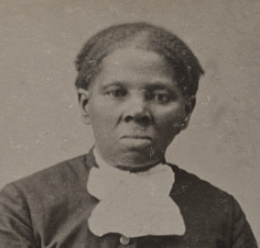I posted this in TPS Commons, but I thought I would also post here since it relates to Disability History!
Hi everyone! As I move forward in my internship, I will be posting weekly to share some thoughts and resources in connection with my experiences onsite at the Library.
This Saturday, as I worked in the Library’s Young Readers Center and Programs Lab (YRCPL), I noticed many children showing a keen interest in the resources on display that relate to the National Library Service for the Blind and Print Disabled (NLS). The YRCPL has a table that displays Talking Books, books in Braille, and information about how people who are blind or have low vision access literature. The NLS is also part of a collaborative effort to help plan for future youth spaces in the Library.
I wanted to learn more about the history of the NLS and look at primary sources related to the creation of the NLS and accessible literature. The Library of Congress first developed a concept for a national library for the blind in 1897, when Librarian of Congress John Russell Young established a reading room for the blind containing about 500 books and music items in raised characters. The Pratt-Smoot Act of 1931 authorized the Library of Congress to establish a program to distribute books for blind adults, which would develop over time to become the National Library Service for the Blind and Print Disabled. (For more information on the history of NLS, visit https://www.loc.gov/nls/about/organization/history/). In 2009, the Library created an exhibition in honor of Louis Braille’s 200th Birthday, which is still available online and contains various images related to braille and print accessibility. The images and articles that I found through the Library might be a good way to introduce learners to how literature was made accessible to people who are blind or people with low vision in the past. The Observe, Reflect, Question method would be a great start in analyzing these sources. You might ask your students if they notice anything about how braille is read and how it was created. This could also spark conversation with students about accessibility aids for people with disabilities, and where they see accessibility aids like braille in their daily life (public restrooms, signs, etc.)
Do you know of any other sources related to the NLS? How do you discuss accessibility in your schools/organizations and with your students? How could you envision using these sources to start a conversation with your learners?
If this topic interests you, check out the posts from former Junior Fellow  Ellie Kaplan , who compiled resources on teaching disability history.
Ellie Kaplan , who compiled resources on teaching disability history.
Further Resources:
- Blog Post from Teaching with Primary Sources Blog: Exploring Disability Concepts through Primary Sources on the Built Environment (Published just this week, how serendipitous!)
- Disability History Group in the TPS Teachers Network
- History of NLS
- Free to Use and Reuse: Disability Awareness
Social Studies/History Disability History National Library Service for the Blind and Print Disabled Library
Replies displayed by creation date
This is a topic very dear to my heart--thank you for all of the great resources and history of the NLS. My final project for the 2019 Teaching with Primary Sources Teachers Institute at the LOC posed the focus question: How can someone who is blind or visually impaired learn to read and enjoy books (and libraries)? It was a unit that spanned two classes. I introduced the topic with an analysis of Red Cross Workers in Providence, R.I. Printing Braille. We then read Jen Bryant's Six Dots: A Story of Young Louis Braille. They also got to read (and feel) Menena Cottin's The Black Book of Colors. These were both great resources that brought the topic to life for my students. I had also purchased several braille slates and styluses, and students loved making bookmarks with their names in braille.
Thank you,  Soline Holmes
! It's so great to hear that we have an interest in common, and thank you so much for sharing the about the resources that you created on this topic! I had never heard of The Black Book of Colors before--what a cool resource for students to step into someone else's shoes.
Soline Holmes
! It's so great to hear that we have an interest in common, and thank you so much for sharing the about the resources that you created on this topic! I had never heard of The Black Book of Colors before--what a cool resource for students to step into someone else's shoes.
Testimonials
- I love that there is new info on the site daily!
- I had a wonderful time working with the Library of Congress and learning about all of the resources at my fingertips!
- The TPS Teachers Network has an equal exchange of ideas. You know it's not a place where you're being judged.
- My colleagues post incredibly fine resources and ideas....the caliber of the suggestions and resources make me feel that I take a lot from it. It's a takeaway. And I hope that I can give back as much as I get.
- Going into this school year, I have a fantastic new resource for my own instruction and to share with my colleagues!
- I am very glad that I discovered the TPS Teachers Network through RQI. Great resources can be hard to find out there on the internet!

